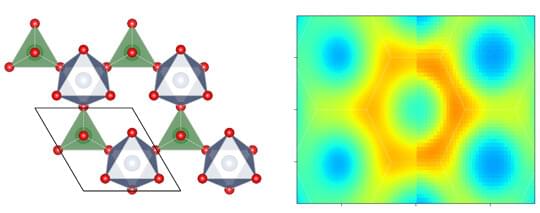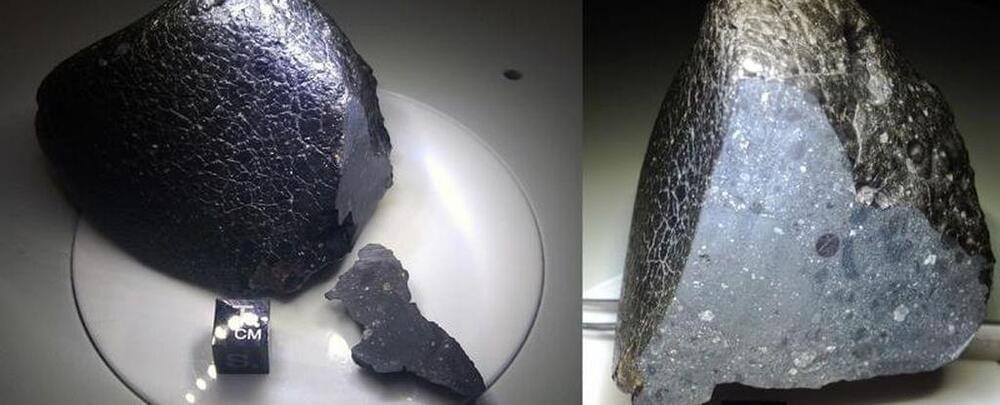Two-dimensional (2D) magnetic insulators, which are electrically insulating materials with long-range magnetic order, could be used to fabricate compact magneto-electric or magneto-optical devices. Efficiently and reliably controlling the properties of these atomically thin magnets through electrical means, however, has so far proved to be highly challenging, as the materials’ charge levels often cannot be largely adjusted and their crystal fields cannot be considerably altered using external electric fields.
Researchers at University of Maryland and their collaborators recently devised a new strategy that could be used to efficiently control 2D magnetic insulators. This strategy, outlined in a paper in Nature Electronics, relies on the use of a thin ferroelectric polymer that can modulate the 2D materials’ magnetic responses.
“When it comes to electronic devices, people are primarily pursuing a smaller form factor (relating to higher integration density, which means more devices can be integrated on the unit area/volume of a chip), lower energy consumption, and higher performance,” Cheng Gong, the lead principal investigator for the study, told Tech Xplore.








